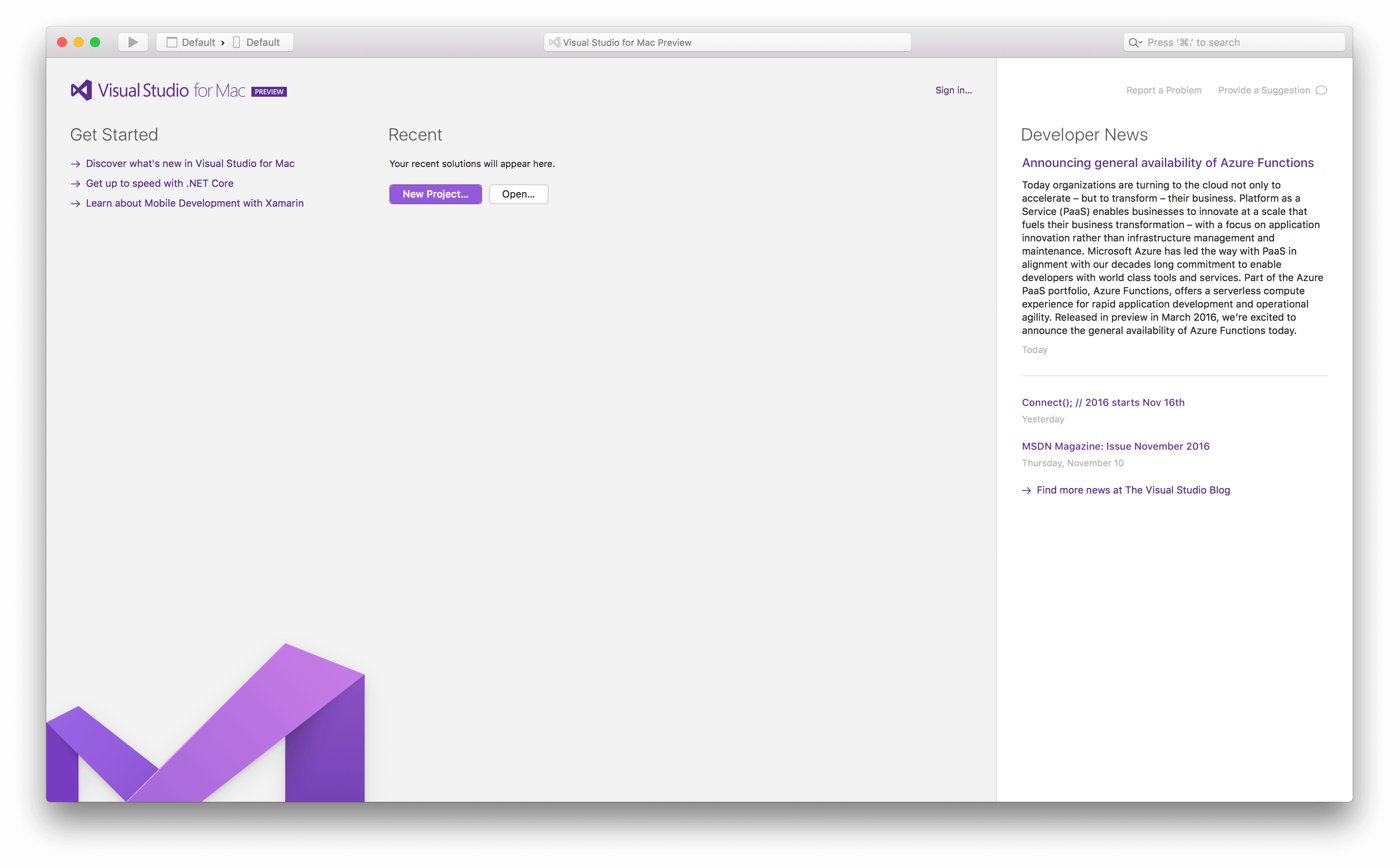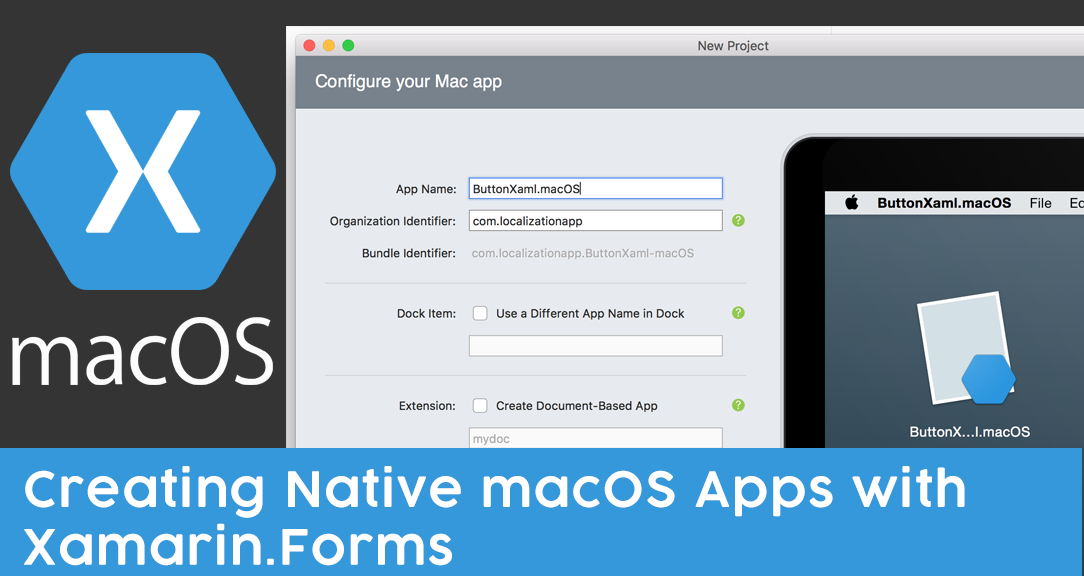

- #Xamarin for visual studio latest version install#
- #Xamarin for visual studio latest version android#
- #Xamarin for visual studio latest version plus#
#Xamarin for visual studio latest version android#
With regards to the Minimum Android Version, this is something down to your personal choice as the developer. On the next page you’ll want to pick the ‘Single View App’ option as it is a great starter template to work from. Start by creating a new project and select the ‘Android App (Xamarin)’ master template (found under the Android menu).
#Xamarin for visual studio latest version install#
If either are missing you’ll have to manually install the Java Development Kit or Android SDK respectively. To verify everything installed properly and was configured correctly, go to ‘Tools -> Options -> Xamarin -> Android Settings’ and check your Java Development Kit Location and Android SDK Location paths are valid (i.e. Verify Your Android Environment in Visual Studio If you choose the former option, you’ll need to ensure once you’ve selected the workload that on the right-hand pane (‘Installation details’) the checkboxes for Intel Hardware Accelerated Execution Manager and Google Android Emulator are selected (as seen above). There’s no right option here and different developers prefer different form factors. When testing and running your app you have the choice of doing so with either an Android emulator running on your development machine, or by directly connecting to an existing Android device. You can either enable this feature from first installation of Visual Studio or access it from the ‘Tools -> Get Tools and Features…’ menu item:
#Xamarin for visual studio latest version plus#
To follow along you’ll need a copy of Visual Studio, plus the ‘Mobile development with. Set Up Visual Studio and Your Environment

The overall aim is to enable you to create a simple native Android app with basic user authentication included. In this tutorial, I’ll be looking more closely at the Xamarin platform and the Android operating system toolset known as Xamarin.Android. Xamarin platform, on the other hand, is very much platform-specific work and is more akin to writing native apps but with C#. With Xamarin.Forms a vast majority of your business logic and user interface can be written within one shared project that produces fully functioning apps on all 3 of the iOS, Android and the Windows (UWP) operating systems. Xamarin has two main flavors: Xamarin platform (Xamarin.iOS and Xamarin.Android) and Xamarin.Forms. NET world has been blessed with Xamarin a set of tools that lets you build mobile apps for Android, iOS, and Windows within Visual Studio. NET developer that has always wanted to make a mobile application? Or maybe you have tried building native mobile apps with Android or iOS but didn’t like the languages? Well then, you are in luck! The.


 0 kommentar(er)
0 kommentar(er)
